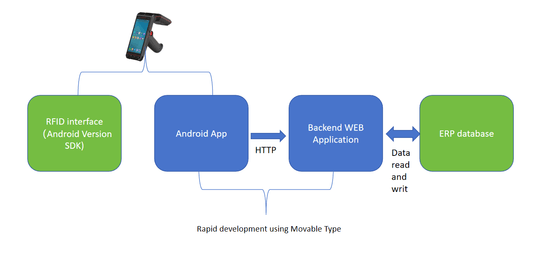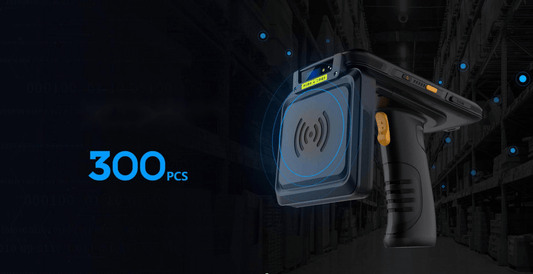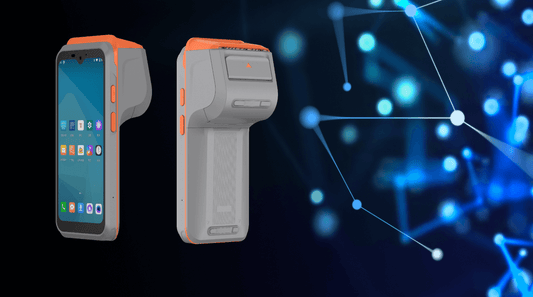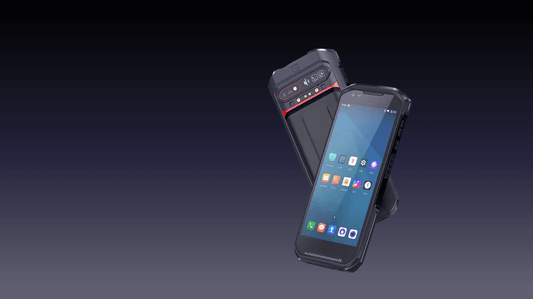How to Choose an Enterprise-Grade Power Bank – 7 Key Technical Parameters Explained
In today’s mobile workforce, enterprise-grade power banks are critical for industries like logistics, healthcare, field services, and retail. Unlike consumer power banks, business-oriented models must deliver reliability, safety, and scalability to support all-day operations.
Choosing the wrong power bank can lead to:
-
Device damage from poor voltage regulation
-
Downtime due to insufficient capacity
-
Safety hazards (overheating, short circuits)
This guide breaks down the 7 most important technical parameters to consider when selecting an enterprise power bank.
1. Capacity (mAh) – Balancing Power & Portability
What it means:
-
Capacity (measured in milliampere-hours, mAh) determines how many charges a power bank can deliver.
Enterprise Considerations:
-
10,000–20,000mAh: Ideal for single-device users (e.g., healthcare workers).
-
30,000–50,000mAh: Best for multi-device charging (e.g., warehouse teams).
-
60,000mAh+: Used in field operations where outlets are unavailable.
Pro Tip:
-
Real-world capacity is ~20% lower due to energy conversion losses.
-
Airlines restrict power banks above 100Wh (~27,000mAh) without approval.
2. Output Power (Wattage) – Fast Charging for Enterprise Devices
What it means:
-
Wattage (W) = Voltage (V) × Current (A). Higher wattage = faster charging.
Key Standards:
-
USB Power Delivery (PD): Supports 18W–100W+ (for laptops, rugged tablets).
-
Qualcomm Quick Charge (QC): Optimized for Android PDAs and scanners.
Enterprise Use Cases:
-
5W–10W: Basic phone charging (not ideal for enterprise).
-
18W–30W: Fast charging for PDAs and handheld scanners.
-
45W–100W: Powers laptops, medical carts, and industrial tablets.
3. Number & Type of Ports – Multi-Device Charging
Why it matters:
-
Employees often carry multiple devices (PDA, smartphone, tablet).
Recommended Configurations:
-
1x USB-C PD + 1x USB-A QC: Covers most enterprise devices.
-
Dual USB-C PD: Future-proof for laptops and high-power tablets.
-
DC Barrel Port: Some industrial PDAs require proprietary connectors.
Pro Tip:
-
Avoid daisy-chaining (charging a power bank while it charges devices). This reduces efficiency.
4. Durability – Rugged Design for Harsh Environments
Enterprise Challenges:
-
Warehouses: Dust, drops, and vibrations.
-
Fieldwork: Water, extreme temperatures, and shocks.
Key Durability Ratings:
-
IP67/IP68: Waterproof and dustproof.
-
MIL-STD-810G: Military-grade shock resistance.
-
Fireproof casing: Critical for oil/gas and hazardous environments.
Example:
A rugged 50,000mAh power bank with shockproofing is ideal for construction inspectors.
5. Safety Certifications – Avoiding Legal & Operational Risks
Why Certifications Matter:
-
Non-compliant power banks can overheat, explode, or damage devices.
Must-Have Certifications:
-
UL/IEC 62368: Safety standard for IT equipment.
-
UN38.3: Required for air shipping lithium batteries.
-
CE/FCC/RoHS: Mandatory for EU and US markets.
Red Flags:
-
No certification labels.
-
Generic "CE" marks (look for notified body numbers).
6. Smart Features – Enterprise-Grade Functionality
Advanced Options for Businesses:
-
LCD Display: Shows remaining battery % and wattage.
-
Pass-Through Charging: Charge the power bank while it powers devices.
-
OTA Firmware Updates: Ensures long-term compatibility.
Use Case:
A logistics company can monitor power bank status across fleets using IoT-enabled models.
7. Scalability – Bulk Purchasing & Customization
Enterprise Needs:
-
OEM/ODM Branding: Custom logos, colors, and packaging.
-
Bulk Discounts: Lower costs for 100+ unit orders.
-
Custom Voltage/Ports: Tailored for specialized equipment.
Example:
A hospital orders 5,000 custom power banks with medical-grade coatings.
Comparison Table: Enterprise vs. Consumer Power Banks
| Feature | Consumer Power Bank | Enterprise Power Bank |
|---|---|---|
| Capacity | 5,000–20,000mAh | 20,000–100,000mAh |
| Durability | Plastic casing | IP67 |
| Certifications | Basic CE/FCC | UL, UN38.3, RoHS |
| Ports | 1–2 USB-A | USB-C PD + QC + DC |
| Smart Features | LED indicators | LCD display, OTA updates |
Conclusion – Building a Future-Proof Power Solution
Selecting the right enterprise-grade power bank requires balancing:
✔ Capacity (work shift length)
✔ Output power (device compatibility)
✔ Durability & safety (industry compliance)
✔ Scalability (bulk/custom orders)
Next Steps:
-
Audit your team’s power needs (devices, shift length).
-
Test samples for real-world performance.
-
Partner with a B2B supplier for long-term reliability.
No comments












0 comments